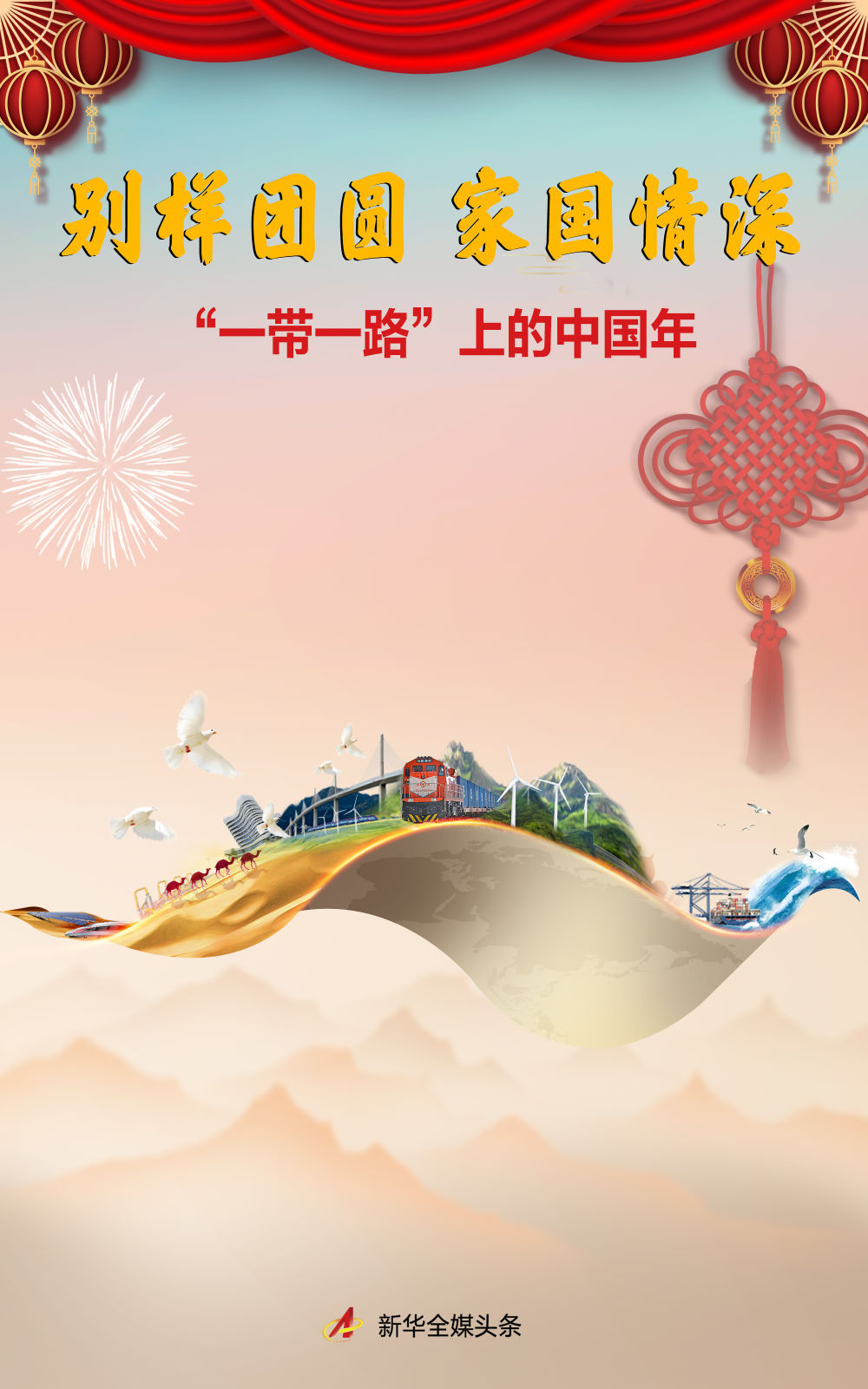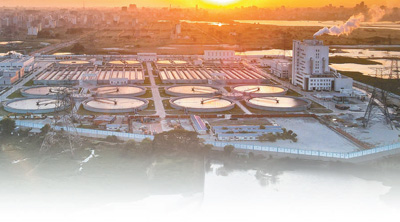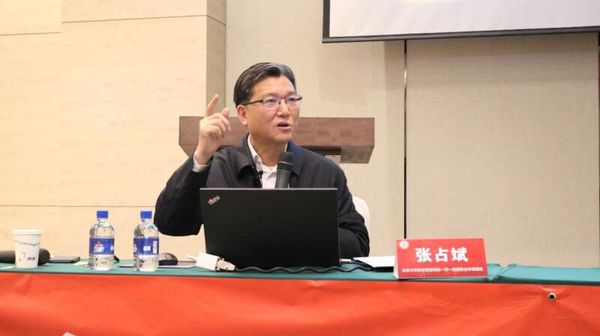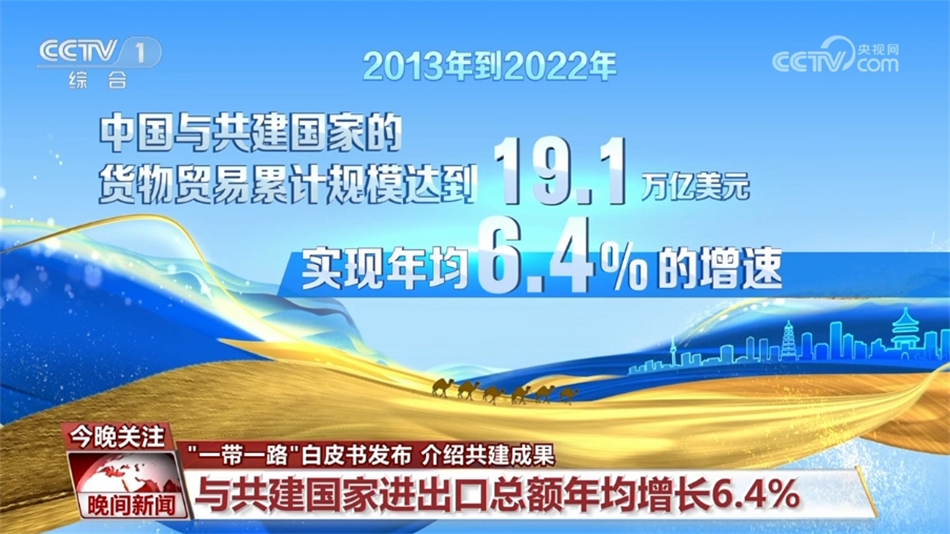The Thousand-year-old Camel Bell Rings Again, And Xinjiang Has Become The Brightest Star On The "Belt And Road"!
The Thousand-year-old Camel Bell Rings Again, And Xinjiang Has Become The Brightest Star On The "Belt And Road"!
At the foot of the vast Tianshan Mountains in Xinjiang, at dusk, you can still hear ancient camel bells coming through the wind and sand. This was once the hub of the ancient Silk Road. The caravans carried silk, porcelain and spices, connecting Chang'an and Rome, and also allowing the civilizations of the East and the West to collide and blend here.
At the foot of the vast Tianshan Mountains in Xinjiang, at dusk, you can still hear ancient camel bells coming through the wind and sand. This was once the hub of the ancient Silk Road. The caravans carried silk, porcelain and spices, connecting Chang'an and Rome, and also allowing the civilizations of the East and the West to collide and blend here. Today, a thousand years later, with the advancement of the "Belt and Road", the ancient channels have been awakened again. The camel bell is no longer a loneliness echo, but is intertwined with the sound of the whistle of the China-Europe Express to form a symphony of the new era.
The intersection of civilization: From the ancient Silk Road to new opportunities
The charm of Xinjiang comes from its unique "fusion" gene. Zhang Qian of the Han Dynasty went to the Western Regions, Xuanzang of the Tang Dynasty came here, and Marco Polo of the Yuan Dynasty also marveled at the prosperity here. In the old city of Kashgar, the Uyghur elderly play the rovap, and the melody contains both the Persian style and the Central Plains charm; under the grape trellis in Turpan, the raisin technique that has been drying for thousands of years has continued to this day, and modern cold chain technology has allowed them to go directly to Shanghai supermarkets 48 hours a day.

This fusion is not only cultural, but also economical. Hotan's Edres silk was once hand-woven. Now the design team has integrated traditional patterns into international fashion, with an annual output value of over 1 billion yuan; the Kazakh embroidery cooperative sold horse patterns to Paris Fashion Week through an e-commerce platform. Traditional skills are no longer just "heritage", but become an industrial force that connects ancient and modern times, connecting herdsmen's home workshops with the global market.
Diversity: Pomegranate seed-like symbiosis
In the International Bazaar in Urumqi, you can hear the hawking sounds of Chinese, Uyghur and Kazakh, with naan pit meat, gawas and Russian chocolate on the stalls. The national unity here is not a slogan, but the background color of daily life. For example, in the oil workers' community in Karamay, Han masters led Uyghur apprentices to study drilling technology; in the farm in Yili, lavender grown by multi-ethnic cooperation is sold overseas.
What is more profound is the wisdom of "diversity and oneness". The epic "Manas" of the Kyrgyz people was entered into primary and secondary school textbooks, and the eagle dance of the Tajik people appeared on the CCTV Spring Festival Gala - Cultural respect makes differences a driving force for complementarity. As one local scholar said, “The unity in Xinjiang is not to eliminate differences, but to make differences a nutrient for common prosperity.”

Frontiers of the "Belt and Road": From the channel hub to the open highland
Ten years ago, the Belt and Road Initiative enabled Xinjiang to leap from the inland hinterland to the frontier of opening up. The Horgos Port, the Gobi desert where camel caravans passed by in the past, is now a cross-border free trade zone with tower cranes. China-Europe freight trains, such as steel camel fleet, transported Xinjiang's tomato sauce and photovoltaic panels to Europe, and then carried back German auto parts and French red wine. In 2023, Xinjiang's total foreign trade volume exceeded 300 billion yuan, leading the country for many years.
More importantly, Xinjiang is no longer just an "alliance", but an industrial highland. Kashgar Economic Development Zone attracts high-tech enterprises to settle down, Xinjiang’s cotton traces its origin through blockchain technology, Hami’s wind power project delivers green energy to eastern cities... The “channel economy” is being upgraded to “industrial economy”, and the ancient corridors are rejuvenated with new vitality for high-quality growth.
Conclusion: At the foot of Tianshan Mountain, a new scroll is unfolding. When the sunset reflects the snow peaks of Tianshan Mountain, the ancient Silk Road story overlaps with the journey of the new era. Xinjiang’s transformation proves that true prosperity is not to abandon tradition, but to rebirth in innovation; it is not to close and exclusive, but to build consensus in openness. The camel bell has not passed for a thousand years. It is resonating with the waves of the times and writing a chapter of Xinjiang in Chinese-style modernization.
This land tells us that civilization is wonderful because of communication, and development lasts for sharing - just like the camel bell that echoed for thousands of years, has never been lonely and has always moved forward.





